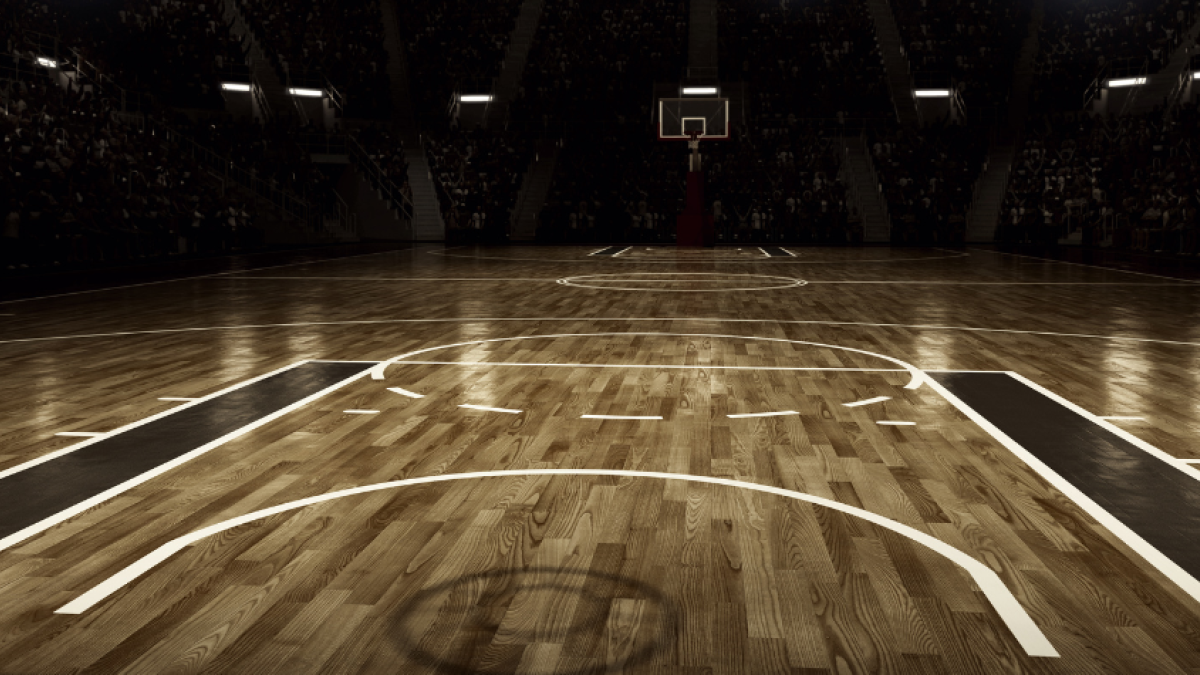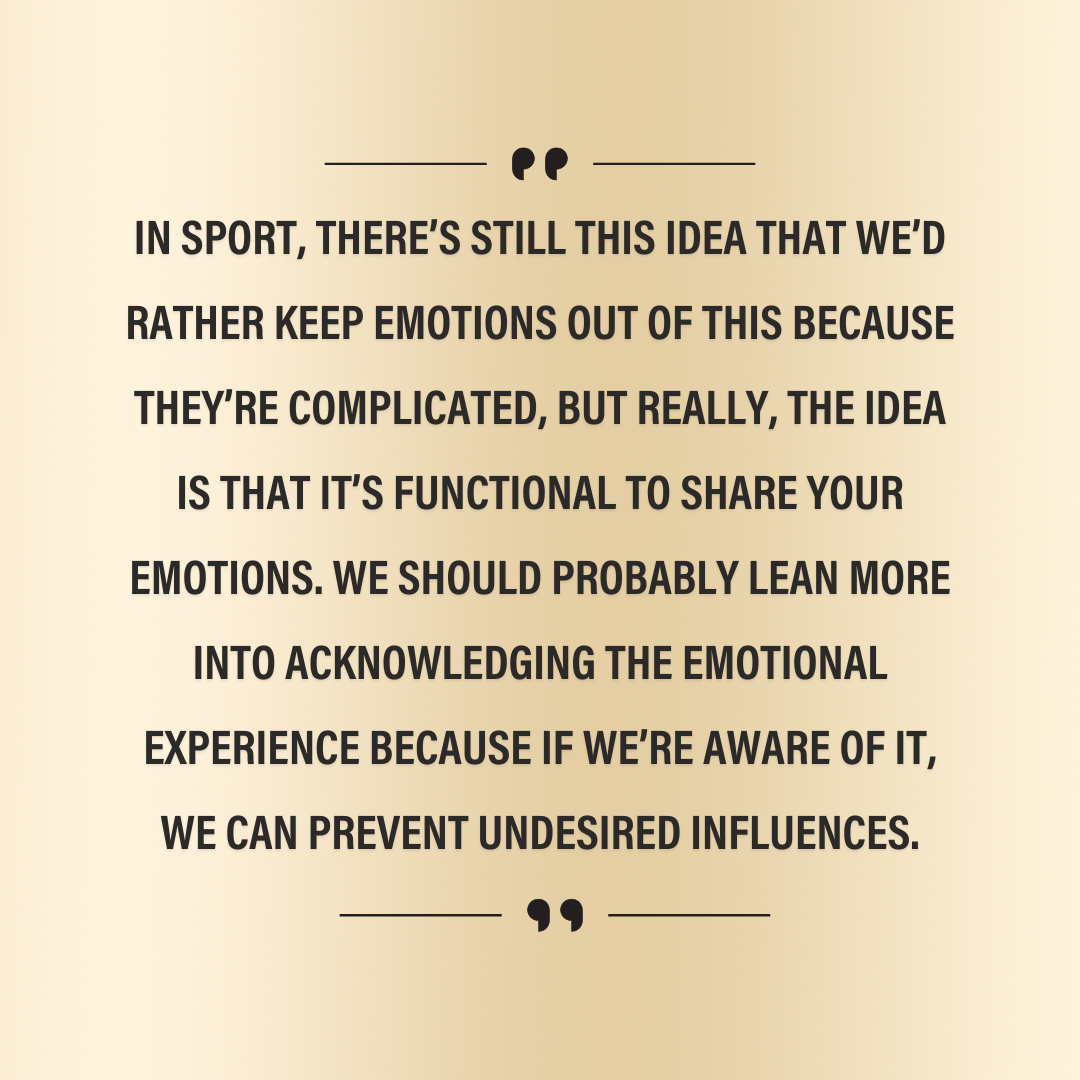Emotional Hoops: Analyzing the Psychology of March Madness

As NCAA March Madness reaches its fever pitch, the intensity of emotions on display is palpable. From the thrill of victory to the agony of defeat, athletes and coaches navigate a complex landscape of emotions that can profoundly impact team dynamics and performance.
Svenja Wolf, assistant professor of sport psychology at the FSU College of Education, Health, and Human Sciences, sheds light on the interplay of teams and emotions and how athletes regulate their emotions in high-pressure situations like March Madness.

In team sports like basketball, collective emotions play a pivotal role. Collective emotions refer to the shared emotional experiences and expressions within a group of people.
“Sometimes people assume that emotions are a private thing, but I look at the extent to which emotions are social,” she said. “We are responding to others. Others can make us angry, like referees make us angry oftentimes; or there’s what we call emotional convergence, which is the process where your teammate's emotions or your coach’s emotions are being transferred to you.”
According to Wolf's research, leaders and star players often set the emotional tone for the team. "If your star player is anxious, that conveys so much information. They’re supposed to be the best person on our team, but now, they are doubtful about our performance. If I’m not even as good as they are, I probably have every reason to be even more anxious." Her research helps illustrate how individual emotions, especially those of key players and even coaches, can impact the collective emotional state of the team.
Collective emotions and athletes’ alignment with team emotions are also a way for athletes to show and experience team unity, which can be a powerful tool for success, Wolf notes.
When discussing the impact of collective emotions on performance, Wolf emphasized that “on average, if people are anxious in the sense that it’s important and it’s probably not going to go well for us, we tend to be distracted. We tend to be especially over-controlling of our behaviors because we’re really trying to get it right because it matters so much.” When anxious emotions prevail, performance and technique often suffer, while tension can lead to an increased likelihood of injuries.
Conversely, Wolf noted, "If we respond with excitement, and if we think we're going to do well, that motivates people to persist longer, to work harder, to go that extra mile." This showcases the motivational aspects of positive emotions like excitement in enhancing performance.
Athletes whose teams advance to March Madness and high-pressure postseason games often see both extremes.
“We know that generally, the more important things are, the more intense emotions are. With intercollegiate sports, athletes in general care a lot because they spend so much time training and practicing, it’s tied to their identity, and because other people care,” Wolf said. “And with March Madness, everybody involved knows there’s so much attention trained on them, and I feel like it’s the collective attention that probably magnifies all of these effects.”
When observing athletes' nonverbal behaviors, March Madness spectators can see collective emotions at work.
“If people pay attention to [these behaviors] during March Madness, I’m sure they’ll see teammates all showing the same gestures like a fist bump, both arms up, or even a dejected hand-to-the-head,” said Wolf, who recently conducted a study analyzing field hockey players’ nonverbal behaviors. “I think a lot of this is happening outside athletes’ awareness, but the point we’re making in a lot of our research is that it’s still functional and goal-directed.”
At times, athletes may not be conscious of the emotions they’re displaying or the expressions they’re conveying. If the emotions are negative, it can result in outcomes that don’t align with team goals or expectations.
Athletes have various strategies at their disposal for regulating emotions, says Wolf. These strategies include shifting attention away from stressors, reappraising situations to focus on positives, and seeking social support from teammates and coaches. Coaches in particular play a crucial role in helping athletes regulate emotions through pre-game speeches, fostering a positive team environment, and providing strategic support.
Looking ahead, researchers like Wolf are delving deeper into the functional aspects of collective emotions and their impact on team dynamics. Understanding how emotions can be harnessed positively and how teams can collectively regulate emotions for optimal performance is a key area of focus for Wolf.
“In sport, there’s still this idea that we’d rather keep emotions out of this because they’re complicated, but really, the idea is that it’s functional to share your emotions,” she said. “We should probably lean more into acknowledging the emotional experience because if we’re aware of it, we can prevent undesired influences.”
As the final college basketball games of the season wrap up, they serve as a poignant reminder of the profound interplay between emotions and sports performance. By acknowledging and understanding the social and emotional dynamics at play, athletes and teams can navigate the emotional rollercoaster of sports more effectively, ultimately leading to greater success on and off the court.
Visit cehhs.fsu.edu/lego, or read some of her latest journal articles: